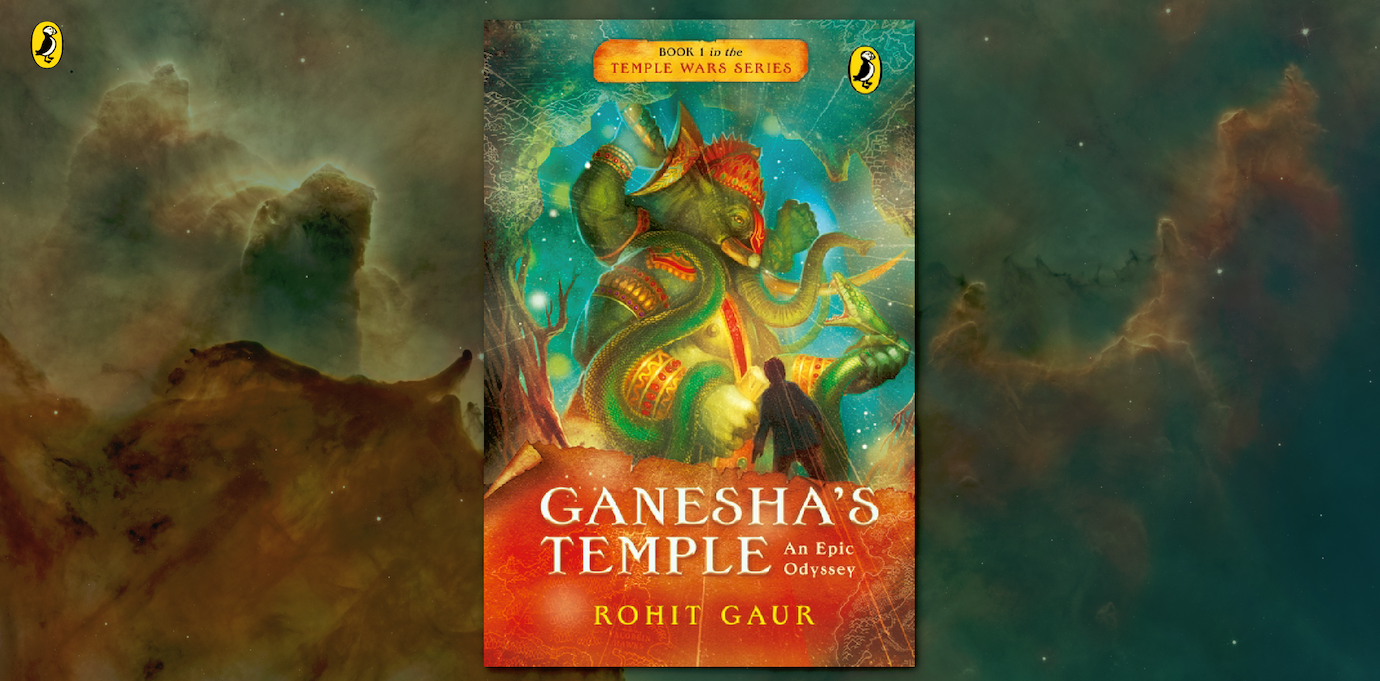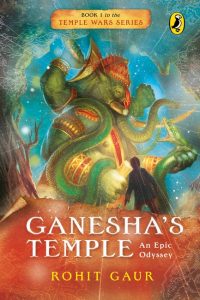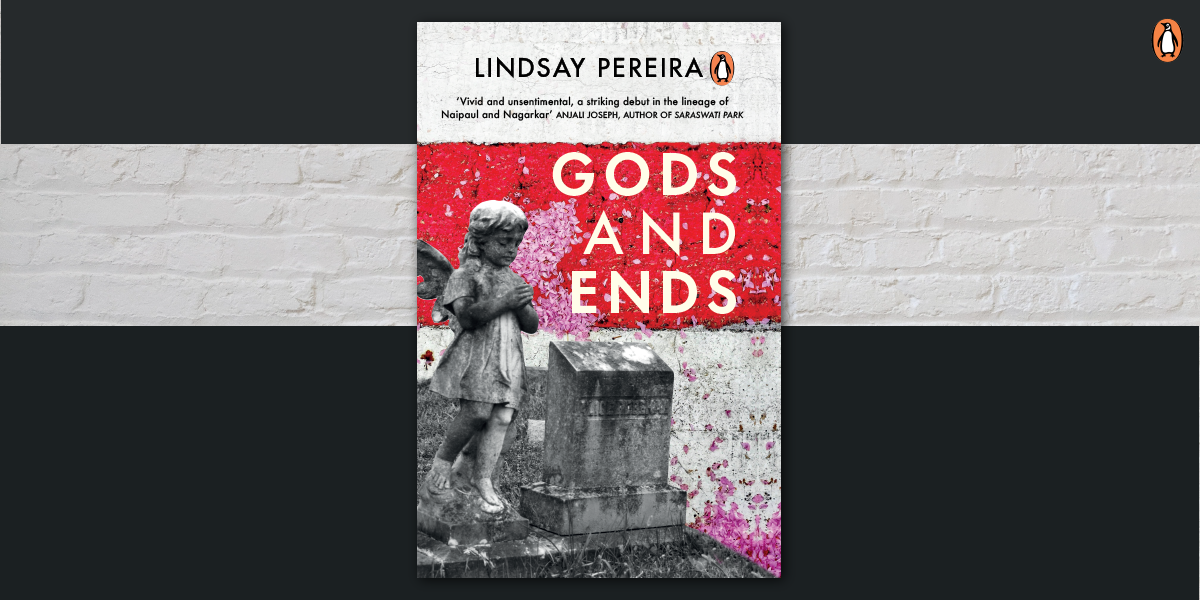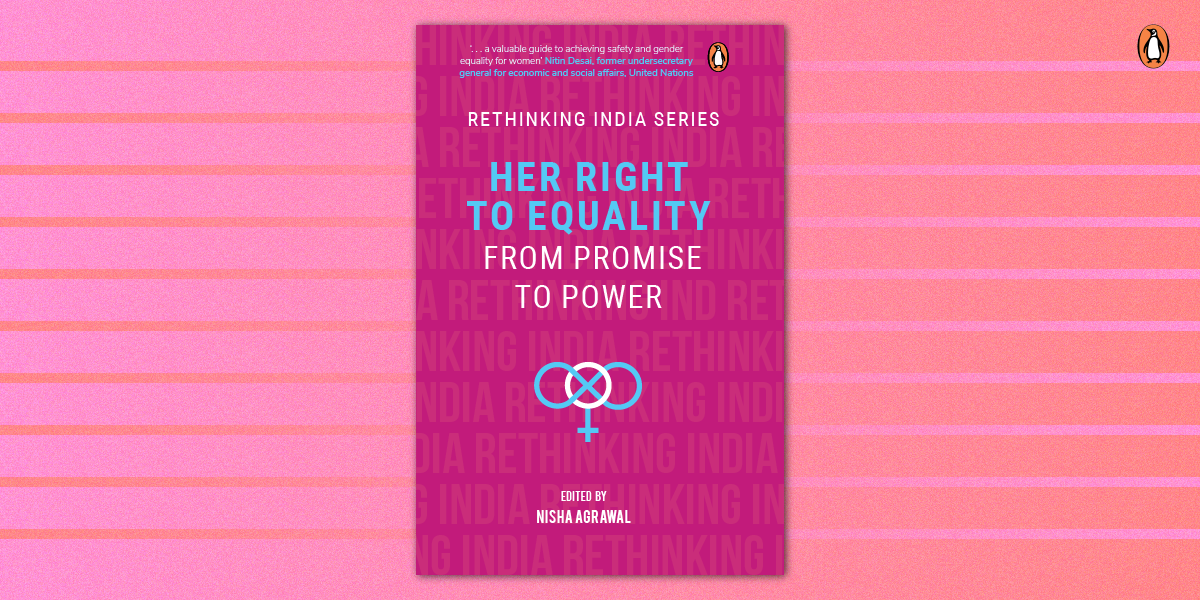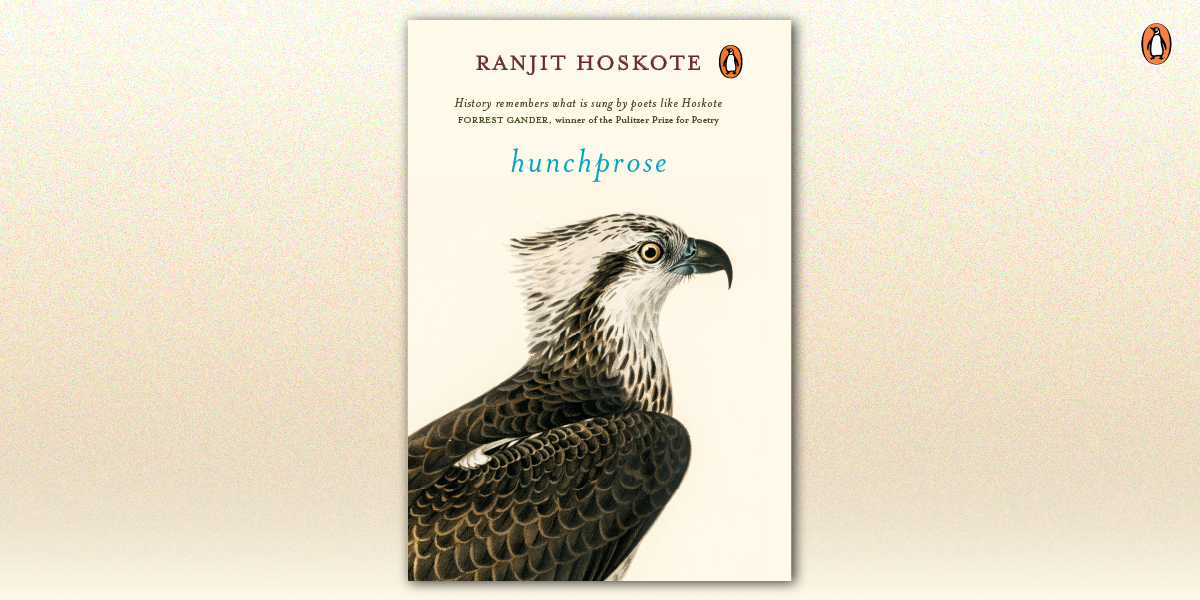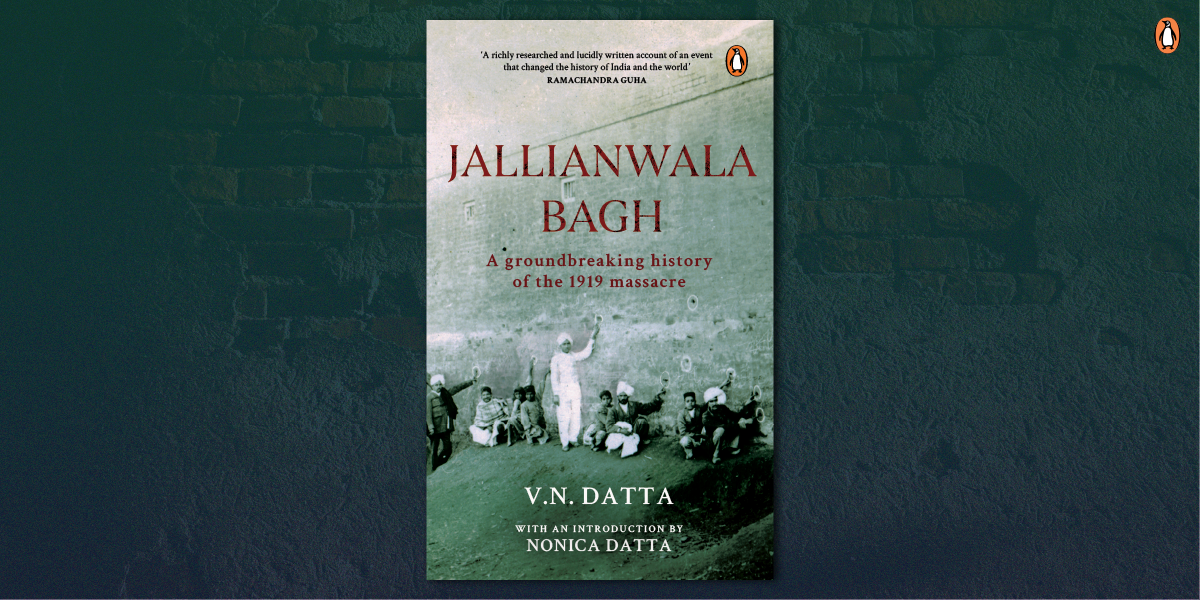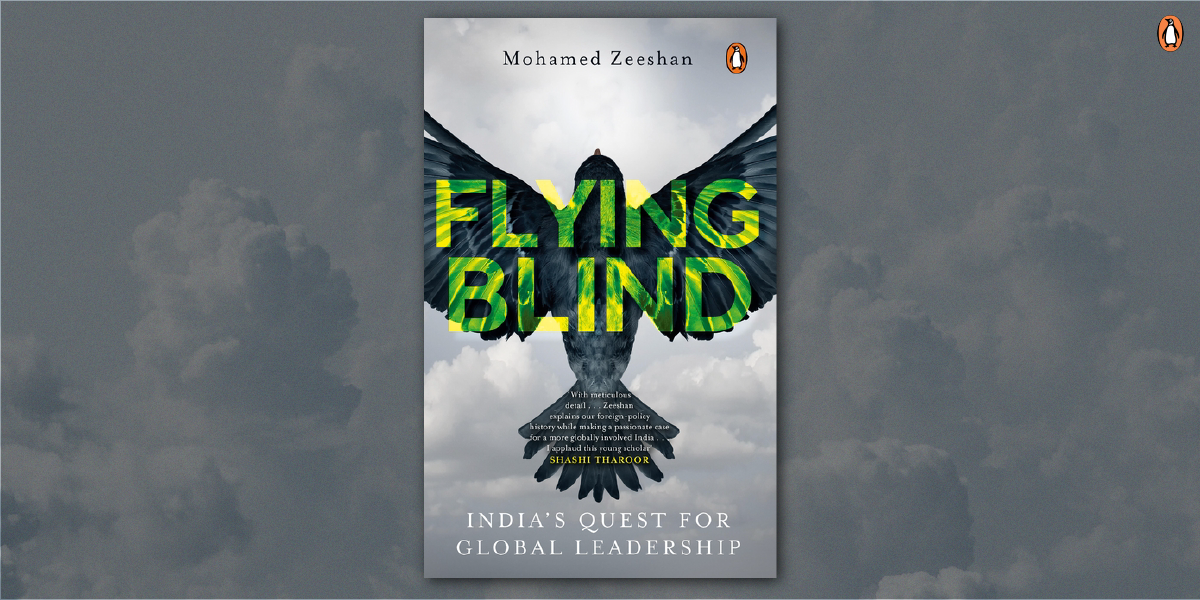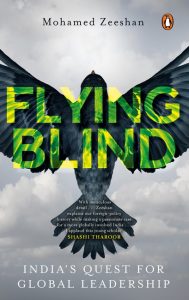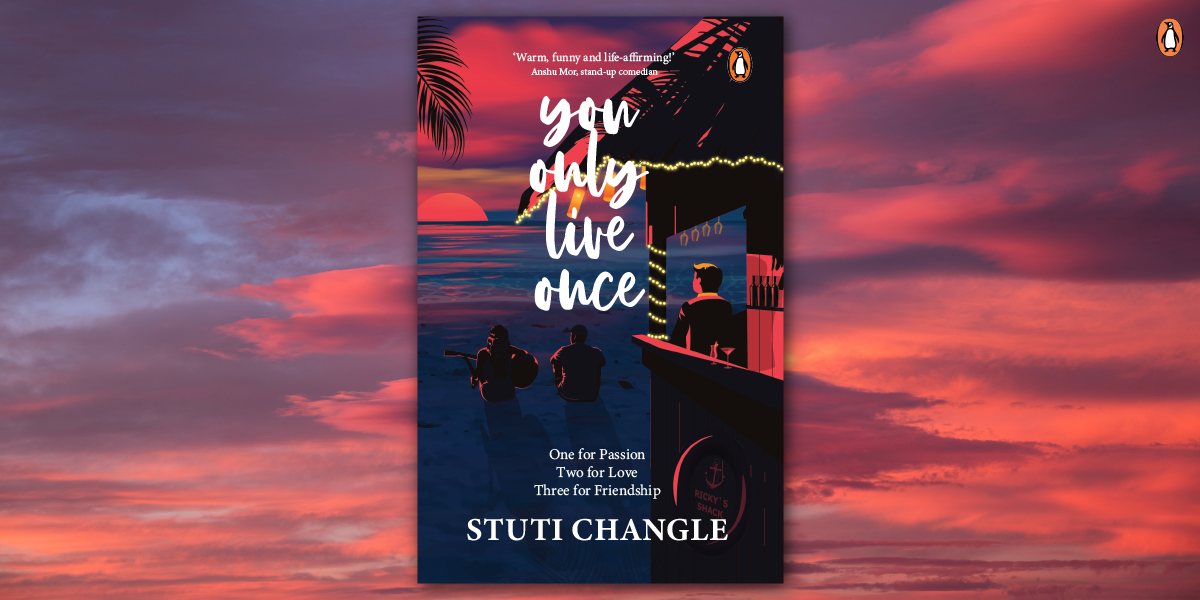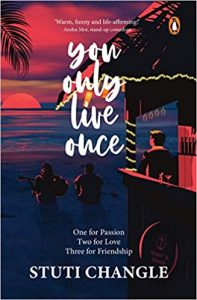Anirban Mahapatra’s COVID-19 is a meticulous dive into the pandemic that changed the 21st century world. In this excerpt, he delves into what the future could look like, and what kind of a situation we’re likely to have on our hands in the near future:
~
Envisioning what the future holds in store is like imagining what dry land is like while in a storm in the middle of the ocean. Even in the best of times, predicting the future is a risky enterprise. A devastating pandemic of this scale and severity imposes additional challenges because we have no reference point in the modern era for something like this. Off-the-cuff comments may be forgotten but writing tends to stick around and haunt the writer. If you’re too certain with your pronouncements, you’re almost certain to be wrong. If you’re too vague, no one will read what you have to say.
We are only coming to terms with the direct fallout of the pandemic, but what will be the ramifications for long-term health and planning? What will be the implications for travel, for immigration and for commerce? Will countries continue to look inward once the pandemic is over?
Certain aspects of human life and society have changed due to the immediate effects of the pandemic. It is possible, therefore, to make short-term predictions. What will happen five, ten, or fifteen years down the road because of the ongoing, cataclysmic event and our responses to it are more difficult to say.
Will there be more public interest in interest in infectious diseases and medicine? Will it become a field that attracts more of the brightest minds as engineering, information technology, finance and business management have in preceding decades? Will physicians take up more active roles in framing public policy? Will economists stress-test catastrophic economic events of this nature?
Human societies are designed to maximize connections. Over the course of a day, most of us have dozens of close interactions with other people. The design of cities, buildings, jobs, transportation and commerce keeps the human need for connection in mind more than the rare threat of a disease that spreads by human-to- human interaction.
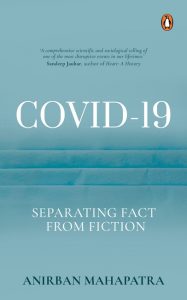
What can we say looking at the past? Based on a study of the H1N1 influenza pandemic of 1918, the historian Nancy Bristow writes, ‘If history is any guide, not much will change in the wake of the COVID-19 pandemic.’4 Yet, it is impossible to use history as guide, because the world has changed immensely in a century. In 1918, viruses had not been characterized. Colonial powers ruled the world and were in the middle of World War I. Commercial airline travel was non-existent. There was no Internet to allow the lay public to read research articles immediately and view daily statistics on illness and death.
… We can assume that the pandemic will irrevocably change some business practices. There will be more people working from home permanently and less business travel to meet clients and for conferences. Technological solutions that were embraced perhaps with a bit of trepidation during the pandemic will become wider habits.
Distancing is challenging in factories, warehouses, prisons, airplanes, dormitories and ships where space is maximized. Due to a premium being put on space in cities and the density of population, buildings have grown vertically. Property values have risen globally since the Great Recession. Gentrification had led to a return to economically disadvantaged areas. It is possible that there will be a reshaping of how urban spaces are used, with more people now moving outward instead of flocking to New York, Mumbai or London. But the experience of Hong Kong, Taiwan and Tokyo in the first year of the pandemic has demonstrated that even within densely populated cities, measures can be taken to keep infections low. There may be a reshaping of urban societies, but it is still too early to tell. People tend to go where there are economic opportunities.
More broadly, will humans finally address the pressing problems of the day which the pandemic brought into stark relief?
Problems of inequality, poor access to healthcare and economic opportunities, and lack of equal rights are prevalent globally.
The pandemic allows humans to face difficult challenges that we have been ignoring, instead of denying or downplaying them. It gives us a chance to reframe priorities and reimagine society.
As humans we tend to focus on immediate problems. Our ancestors were good at hiding from tigers and other dangerous animals, finding caves to sleep in when it was raining, and building a fire when it was cold. Longer-term planning for problems does not come easily. This is applicable to both people individually and to us as a species.
… We keep asking ourselves, ‘When will the pandemic end?’ But we can’t mark the end as the date when it is over only for those of us who are privileged. We know that the biological pandemic will end one day. What we must also ensure is that there is an end to the social one.
~
COVID-19 is an excellent and insightful read. Anyone can read this book, and everyone should read this book.








